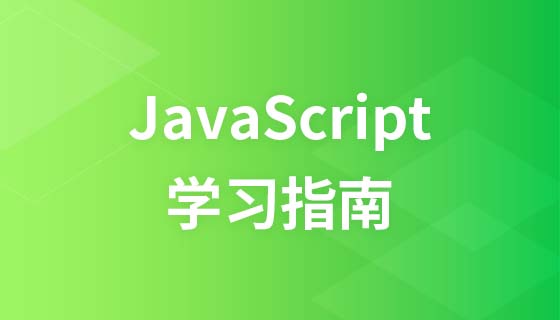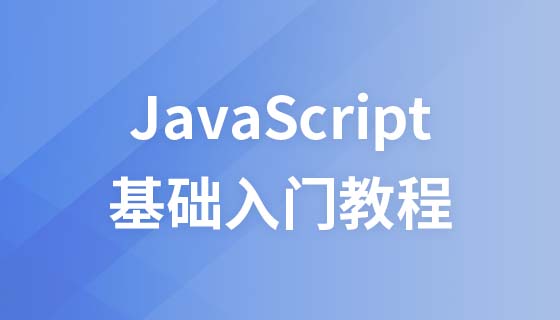
The content of this article is about how to add the display source code function (code) in the layedit rich text editor. It has certain reference value. Friends in need can refer to it. I hope it will be helpful to you.
Since the project needs to use a rich text editor and have the function of displaying source code, but layui does not have this function now, so I found a way to add this function, and basically realized
There is a need in this regard , you can refer to
The effect is as follows:


The implementation steps are as follows:
1. Add the following two method codes on your own page
//动态添加编辑器源码查看编辑功能
function setHtmlCodeToEdit(ele,id) {
$("#" + ele).next().find('div.layui-layedit-tool').append('<span class="layedit-tool-mid"></span>');
$("#" + ele).next().find('div.layui-layedit-tool').append('<i class="layui-icon layui-icon-code-circle" title="查看源码" style="font-size: 18px!important;" onclick="getHtml(this,'+id+')"></i> ');
}
//显示原代码
function getHtml(boj,index) {
layui.use('layedit',function() {
var layedit = layui.layedit, $ = layui.jquery;
var context = layedit.getContent(index);
if ($(boj).hasClass('layui-icon-code-circle')) {
$(document.getElementById("LAY_layedit_" + Number(index))).contents().find("body")
.html(HtmlUtil.htmlEncode(context));
$(boj).removeClass("layui-icon-code-circle");
$(boj).addClass("layui-icon-layouts");
$(boj).attr("title","查看HTML");
} else if($(boj).hasClass('layui-icon-layouts')){
$(document.getElementById("LAY_layedit_" + Number(index))).contents().find("body")
.html(HtmlUtil.htmlDecode(context));
$(boj).removeClass("layui-icon-layouts");
$(boj).addClass("layui-icon-code-circle");
$(boj).attr("title","查看源码");
}
});
}2. After obtaining the index through the official layedit creation method, call the following method to add the display source code function
index = layedit.build('Introduction', opt1);//初始化
setHtmlCodeToEdit('Introduction',index);//设置源码菜单3. When submitting data, you need to make a judgment. If it is HTML encoded, decode it and then submit the data to the background.
var context = layedit.getContent(index);//这里是前面获取到index
if (context.length > 0) {
if (context.indexOf('<') >= 0) {//需要进行解码
$(document.getElementById("LAY_layedit_" + index)).contents().find("body")
.html(HtmlUtil.htmlDecode(context));
}
//同步到编辑框
layedit.sync(index);4. Encoding and decoding methods (you can also use your own library, or find it online)
var HtmlUtil = {
/*1.用浏览器内部转换器实现html转码*/
htmlEncode:function (html){
//1.首先动态创建一个容器标签元素,如DIV
var temp = document.createElement ("div");
//2.然后将要转换的字符串设置为这个元素的innerText(ie支持)或者textContent(火狐,google支持)
(temp.textContent != undefined ) ? (temp.textContent = html) : (temp.innerText = html);
//3.最后返回这个元素的innerHTML,即得到经过HTML编码转换的字符串了
var output = temp.innerHTML;
temp = null;
return output;
},
/*2.用浏览器内部转换器实现html解码*/
htmlDecode:function (text){
//1.首先动态创建一个容器标签元素,如DIV
var temp = document.createElement("div");
//2.然后将要转换的字符串设置为这个元素的innerHTML(ie,火狐,google都支持)
temp.innerHTML = text;
//3.最后返回这个元素的innerText(ie支持)或者textContent(火狐,google支持),即得到经过HTML解码的字符串了。
var output = temp.innerText || temp.textContent;
temp = null;
return output;
}
};Related recommendations:
How to select an image in rich text and insert it into the editor (with code)
Code implementation of uploading image pop-up layer using rich text editor
The above is the detailed content of How to add the display source code function (code) in the laidedit rich text editor. For more information, please follow other related articles on the PHP Chinese website!
 What are the methods of rounding in sql
What are the methods of rounding in sql
 How to open WeChat html file
How to open WeChat html file
 Introduction to architectural drawing software
Introduction to architectural drawing software
 How to make a round picture in ppt
How to make a round picture in ppt
 How to solve the problem of 400 bad request when the web page displays
How to solve the problem of 400 bad request when the web page displays
 Commonly used techniques for web crawlers
Commonly used techniques for web crawlers
 Usage of source command in linux
Usage of source command in linux
 How to open state file
How to open state file



